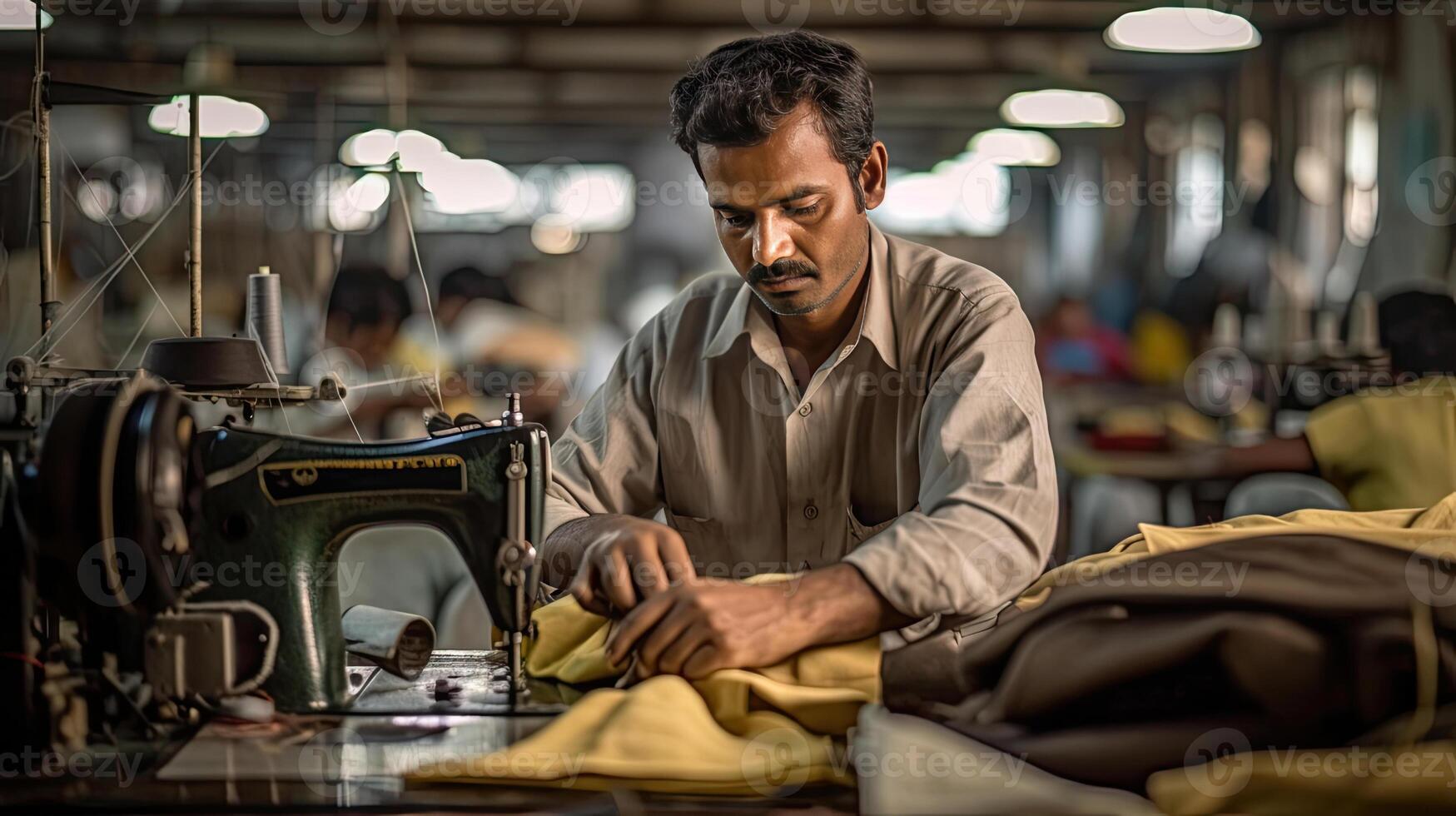Change Your Appearance with Tailor Perth: Personalized Tailoring Services
Change Your Appearance with Tailor Perth: Personalized Tailoring Services
Blog Article
Comprehending the Tailoring Process: From Material Selection to Final Fitting for the Perfect Wardrobe
The customizing procedure is an intricate interaction of art and scientific research, starting with the vital choice of textile choice and culminating in the accurate modifications of final fittings. Each textile kind brings special top qualities that affect not only the aesthetic appeal but also the garment's longevity and viability for numerous events. Comprehending the subtleties of tailoring techniques can raise one's wardrobe to unprecedented levels of elegance. As we check out these aspects even more, one should consider exactly how even the smallest information can significantly affect the total result of one's individual style.
Value of Fabric Choice
Picking the right material is crucial in the tailoring procedure, as it directly influences the comfort, durability, and general visual of the final garment (tailor perth). The choice of textile establishes the foundation for the garment's performance, design, and performance. Various fabrics possess distinct residential or commercial properties, such as stretch, breathability, and weight, which can dramatically influence just how the garment drapes and fits the body
Moreover, fabric choice impacts the garment's longevity and ease of care. Premium materials can stand up to deterioration, keeping their appearance and structure in time, while lower-quality products might result in pilling or fading. Furthermore, the appropriate material adds to the garment's ability to shift across celebrations and periods, thereby improving adaptability.
A tailored piece made from an appropriate textile not just showcases craftsmanship but additionally boosts the wearer's self-confidence. Subsequently, recognizing the subtleties of material selection is paramount for any kind of customizing venture. It makes sure that the end product not only fulfills the visual wishes of the customer however also straightens with practical requirements, thereby attaining a harmonious equilibrium between form and function in the customized closet.
Kinds of Fabrics and Their Usages
Comprehending the numerous sorts of textiles available is essential for making notified choices during the customizing process. Each material has distinct features that dictate its viability for specific garments and events.
Cotton, known for its breathability and gentleness, is optimal for sportswear and summer garments. Its versatility enables it to be customized into every little thing from t shirts to outfits. Wool, on the other hand, is favored for its warmth and framework, making it an exceptional choice for official suits and outerwear - tailor perth. Its natural elasticity assists garments preserve form over time.
Silk emanates luxury and is lightweight, making it ideal for eveningwear and delicate shirts; nevertheless, it calls for mindful handling as a result of its fragility. Linen, with its textured finish, is a popular choice for warm climates, offering a airy and crisp feel, however it wrinkles conveniently, which might influence the garment's look.
Artificial fabrics, such as polyester and nylon, offer sturdiness and resistance to creases, making them ideal for day-to-day wear and active garments. Comprehending these material kinds and their residential or commercial properties enables better decision-making, making sure that each tailored piece not only fits well but also aligns with the intended objective and celebration.
The Tailoring Strategies Clarified
The art of customizing relies upon a selection of strategies that change material into well-fitted garments. Central to this process is pattern drafting, where a dressmaker develops design templates based on the client's measurements and wanted style. This initial action guarantees that the garment will fit the wearer effectively before any reducing happens.
As soon as patterns are developed, cutting strategies enter into play. Precision is paramount as errors can cause misfitting garments. Tailors commonly use various reducing techniques, such as single-layer cutting for detailed styles and multiple-layer cutting for performance on common patterns.
Basting is an additional crucial method, permitting tailors to momentarily stitch textile assemble for a preliminary installation. This method supplies the chance to analyze the drape and general shape more tips here before last sewing.
Seaming methods, consisting of french seams and flat-felled seams, boost the garment's toughness and aesthetic charm. Tailors also use techniques such as interfacing and extra padding to offer framework and shape to details areas, like collars and shoulders.
Finally, finishing methods, including hemming and side finishing, make certain the garment's longevity while providing a polished appearance. Together, these methods create the imp source foundation of effective tailoring, causing beautiful, tailor-made apparel.
Suitable Changes and Factors To Consider

Trick factors to consider consist of the shoulder fit, which ought to neither sag nor limit motion, and the sleeve length, which should permit comfy arm movement while preserving a polished appearance. Furthermore, modifications at the waistline can improve the shape, with options to allow out or absorb material as required.
The surge of trousers is another crucial factor; it needs to sit comfortably over the hips without triggering discomfort, permitting for ease of activity. Hemming sizes for both pants and skirts must show the user's favored style while appreciating proportions.

Maintaining Your Tailored Clothes
Correct upkeep of customized garments is essential to protecting their fit and appearance gradually. To make certain longevity, regular cleaning is critical. Always comply with the treatment tag guidelines, which might suggest completely dry cleansing for fragile fabrics or device washing for even more durable materials. Stay clear of regular laundering, as this can use down the material and change go to these guys the garment's shape.
Storage is equally important; use cushioned hangers for layers and coats to preserve shoulder structure, and shop pants folded up neatly or hung to avoid creasing. Safeguard garments from straight sunshine, which can fade shades and damages fibers.
Additionally, periodic inspections for small fixings can stop larger issues. Examine for loose buttons, tearing seams, or indicators of moth damage, addressing these troubles immediately to maintain the garment's honesty.
Finally, think about seasonal rotation. Putting on tailored items in small amounts allows fabrics to recoup, prolonging their lifespan. By implementing these upkeep methods, you can guarantee that your customized garments stay as pristine as the day you initially wore them, improving your optimal wardrobe for many years to come.
Verdict
The tailoring procedure, including textile choice, competent strategies, and exact fitting modifications, plays a critical function in creating garments that enhance both convenience and style. Each phase adds to the overall performance of the last product, making certain that clothing not just fits well yet also shows specific identification. Furthermore, recognizing the importance of maintenance prolongs the life of customized garments, solidifying their value in a well-curated wardrobe. An extensive technique to customizing culminates in a confident and refined appearance.
Picking the appropriate textile is crucial in the tailoring procedure, as it straight affects the convenience, longevity, and total visual of the last garment. The option of material establishes the foundation for the garment's style, performance, and functionality. Different textiles possess unique homes, such as stretch, breathability, and weight, which can considerably affect just how the garment drapes and fits the body.
The art of customizing depends on a variety of strategies that change fabric into well-fitted garments.The tailoring process, including fabric choice, proficient methods, and precise suitable adjustments, plays a critical function in developing garments that improve both convenience and style.
Report this page